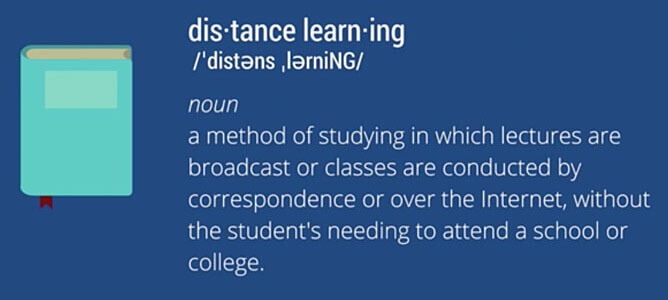Search Ashworth College

Many people think of online learning as a current trend, but online education degrees have been around longer than you may think, from correspondence courses of the past to the modern online degree programs that exist today. This spring, Ashworth College is celebrating 30 years of providing distance education. In honor of this milestone, here are 30 things to know about Ashworth online education and distance learning.
30 things to know about distance learning
Distance Learning
1828 | First Distance learning program established
1938 | Film and radio adds to distance learning
1993 | First accredited online college founded
Types of online learning include
Advantages to online education:
Today, 5.8 million students take online courses in the United States alone.
2.85 million students take all of their college courses online.
2.97 million students take some, but not all of their courses online.
The average online undergraduate student is 29 years old.
The average online graduate student is 33 years old
30% of Online undergraduate students are male.
69% of online graduate students are female.
34% of online graduate students are male.
66% of online graduate students are female.
25% of online undergraduate students are employed part time.
45% of online undergraduate students are employed full time.
16% of online graduate students are employed part time.
65% of online graduate students are employed full time.
More than ¾ of students enroll in online programs to further their career.
Why enroll? Online students want to further their careers.
Half of online students said they would not pursue a degree if their program was not available online or partially online.
The Top Ten Online Undergraduate Areas of study:
Top 10 Online Graduate Areas of Study:
Let's talk about your educational goals. Call 1-800-957-5412